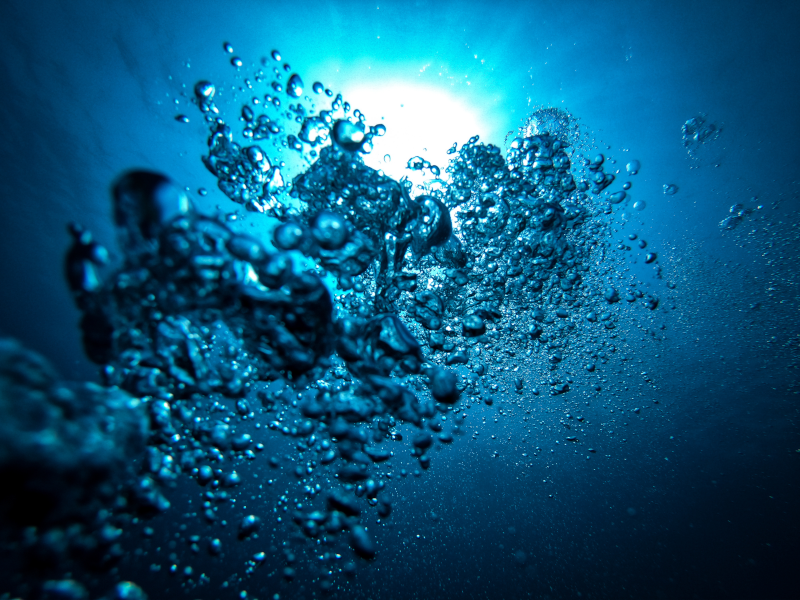Exploring the Future of Virtual Reality: NeRFs and Gaussian Splatter Techniques
Neural Radiance Fields (NeRFs)
Enhanced Realism and Immersion
When I first fell in love with VR, one of my favorite apps was Google Earth VR. I could revisit my childhood home, explore my favorite cities, and discover places I’d never been. But it was always a static 360-degree view of the world. That’s where NeRFs come in – they’re like a supercharged version of this idea.
NeRFs can capture real-world scenes from multiple angles and reconstruct them in 3D with incredible detail and photorealism. Imagine stepping into a VR environment where you can’t tell what’s virtual and what’s real. The lighting and shadows would change as you move around, just like in the real world. Even cool effects like smoke and fog would look incredibly realistic, making you feel like you’re really there.

Real-World Integration
Here’s where it gets really exciting – NeRFs could revolutionize how we capture real places for VR. Imagine being able to quickly and easily scan entire locations in 3D. This opens up so many possibilities:
- Virtual tourism: Visit anywhere in the world without leaving your living room
- Remote collaboration: Work with colleagues as if you’re in the same room, even if you’re continents apart
- Historical preservation: Capture important sites in detail for future generations
And in mixed reality applications? NeRFs could seamlessly blend real and virtual elements. You could have virtual objects in your real environment that look completely natural, with perfect lighting and everything!
Content Creation and Editing
As someone who loves to create, this is the part that really gets me pumped. NeRFs could make 3D modeling way more intuitive. Imagine being able to “paint” 3D scenes using 2D images. It would make creating VR content so much more accessible to everyone, not just tech wizards.
Even cooler? As NeRF technology advances, we might be able to modify these virtual environments in real-time. Change the lighting, swap out materials, or even reshape the geometry on the fly. And if we throw some AI into the mix, we could potentially generate vast, detailed virtual worlds with way less manual work. The possibilities for game design and virtual experiences are mind-blowing!
Gaussian Splatter Techniques
Advanced Rendering Capabilities
Now, let’s talk about Gaussian Splatter. This technique is all about making things look incredibly realistic in VR. It’s especially good at rendering complex materials like skin, fabric, or things that are see-through. This means characters and objects in VR could look more lifelike than ever.
But it’s not just about static objects. Gaussian Splatter is amazing at handling dynamic stuff too. Think about realistic water effects, fire, or other particle-based phenomena. These could be rendered more efficiently, making virtual environments feel alive and interactive.
Enhanced Interactivity
Here’s where it gets really cool for immersive experiences. Gaussian Splatter techniques could make soft objects deform more realistically. Imagine squishing a virtual stress ball and having it feel almost real! Water and other fluids could behave more naturally too. And environments could react more realistically to your actions – things could break, bend, and rebuild in ways that feel authentic.
Novel Visual Effects
For the artists out there, Gaussian Splatter opens up a whole new world of possibilities. It’s not just about photorealism – you could create unique, stylized visuals that were never possible before. And transitions between different scenes or states could be incredibly smooth, making storytelling in VR more immersive than ever.
Combining NeRFs and Gaussian Splatter
Hybrid Rendering
Now, imagine if we combined the powers of NeRFs and Gaussian Splatter. We could create VR experiences that are both incredibly realistic and high-performing. The system could dynamically switch between techniques based on what you’re focusing on, optimizing both visual quality and performance.
This combination could transform interactive storytelling in VR. Imagine exploring highly detailed, responsive environments that react to your actions in complex and realistic ways. It’s like stepping into your favorite movie or game, but with the freedom to truly interact with everything around you.

Challenges and Future Developments
Of course, it’s not all smooth sailing. Both NeRFs and Gaussian Splatter techniques need a lot of computing power. We’ll need advancements in hardware and some clever optimization to make these work smoothly in real-time VR experiences.
There’s also the challenge of making these techniques play nice with existing 3D modeling and animation workflows. And as VR becomes more realistic visually, we’ll need to focus on other aspects of immersion too, like improving haptic feedback to match the visual fidelity.
We can’t ignore the ethical considerations either. As these technologies make it easier to create incredibly realistic representations of real places and people, we’ll need to think carefully about privacy and consent. There’s also the potential for misuse, like creating deepfakes or unauthorized recreations.
Despite these challenges, I’m incredibly excited about the future of VR. These technologies have the potential to revolutionize how we explore, learn, and interact in, transform and utilize virtual spaces. Whether it’s for education to entertainment, urban planning and previz to scientific visualization, the applications are potentially limitless. As we continue to push the boundaries of what’s possible in VR, I can’t wait to see how these technologies will enhance our virtual experiences and maybe even change how we perceive reality itself!


You must be logged in to post a comment.